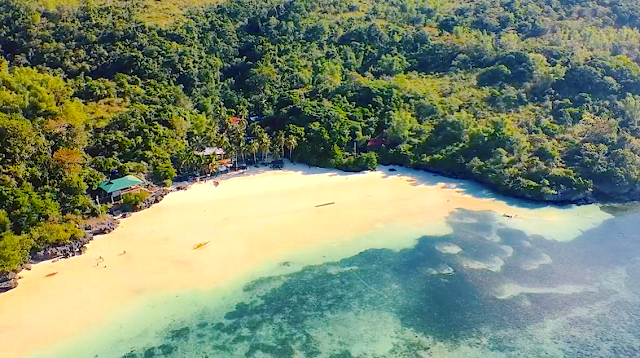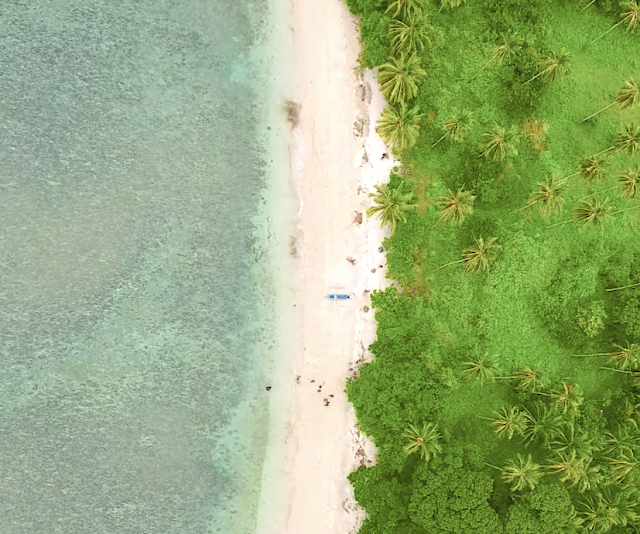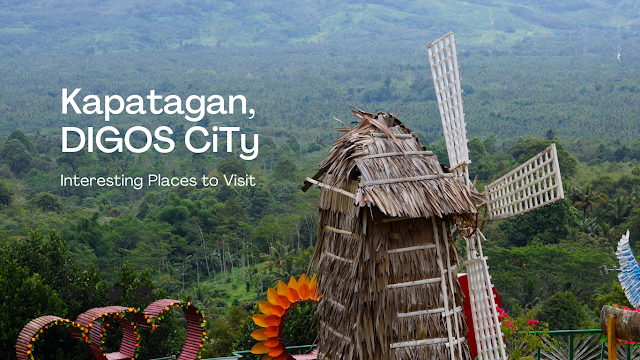Municipality of Hagonoy | Davao del Sur
Hagonoy is a 3rd-class municipality located in Davao del Sur, Philippines. There are 56,919 people living in Hagonoy according to the 2020 census. When Hagonoy was created into a municipality in 1953, these Cebuanos from Danao City settled there. Nathaniel Capuyan and Loselo Capuno Sr. migrated to this area in the 1970s, finding work at local sugarcane plantations. In time, more and more people followed, settling on farmland owned by Alejandro Almendras.
 | ||||
|
After his term as mayor, he served two (2) consecutive terms as Board Member for Davao Province. Then Bartolome G. Hernandez Jr., who at that time was a municipal councilor, became Mayor for one key before being appointed Officer-in-Charge under the Freedom Constitution and winning subsequently elected mayor during the elections in 1988.
In 1995 Manuel M. Cabardo won the election but could not hold office anymore due to his health condition leaving Alfredo Salutillo to temporarily serve as village chief until 1998 when Filomeno V. Surposa assumed office again serving until 2007 when Franco Magno Calida Jr. lead Hagonoy into a new era, winning a 2007 May 14 election against then-Mayor Jose M. Superales Sr..
With a total land area of 114.28 square kilometers, Hagonoy covers about one-third (1/3) of Davao del Sur's total land area. Bounded by Digos City to the north and Kiblawan to the south, the seat of municipal government is located in Poblacion, just 8 kilometers from Digos City.
The boundaries of the municipality of Hagonoy are defined by an imaginary line that cuts the Digos-Malalag-Makar road at kilometer 311, running from the Davao Gulf up to an imaginary north-south line with a longitude of 125° 14′ E. The territory of the municipality shall include all barrios except those recognized as belonging to Digos City and Province.
Hagonoy is politically subdivided into barangays, which can be grouped into three geographic districts: the western or upland barangays, the central or rice-producing barangays, and the eastern or coastal barangays.
The western or upland districts are planted with corn, sugarcane, soybeans, cotton, and coconuts. The central or rice-producing districts provide food for the municipality and neighboring Padada River Irrigation System service coverage area. Meanwhile, the eastern or coastal district maintains plantain plantations.
List of covered Barangays
- Aplaya
- Balutakay
- Clib
- Guihing
- Hagonoy Crossing
- Kibuaya
- La Union
- Lanuro
- Lapulabao
- Leling
- Mahayahay
- Malabang Damsite
- Maliit Digos
- New Quezon
- Paligue
- Poblacion
- Sacub
- San Guillermo
- San Isidro
- Sinayawan
- Tologan
Tourist Spot
- Liling beach Resorts
- Hagonoy
- Banay Festival Indigenous People's Festival - July 4
- Bogsay Festival - October
- Farmers Festival - May
- Señor San Isidro Labrador - Parochial Fiesta - May 30
- Paskohan sa Hagonoy - December 15-21










